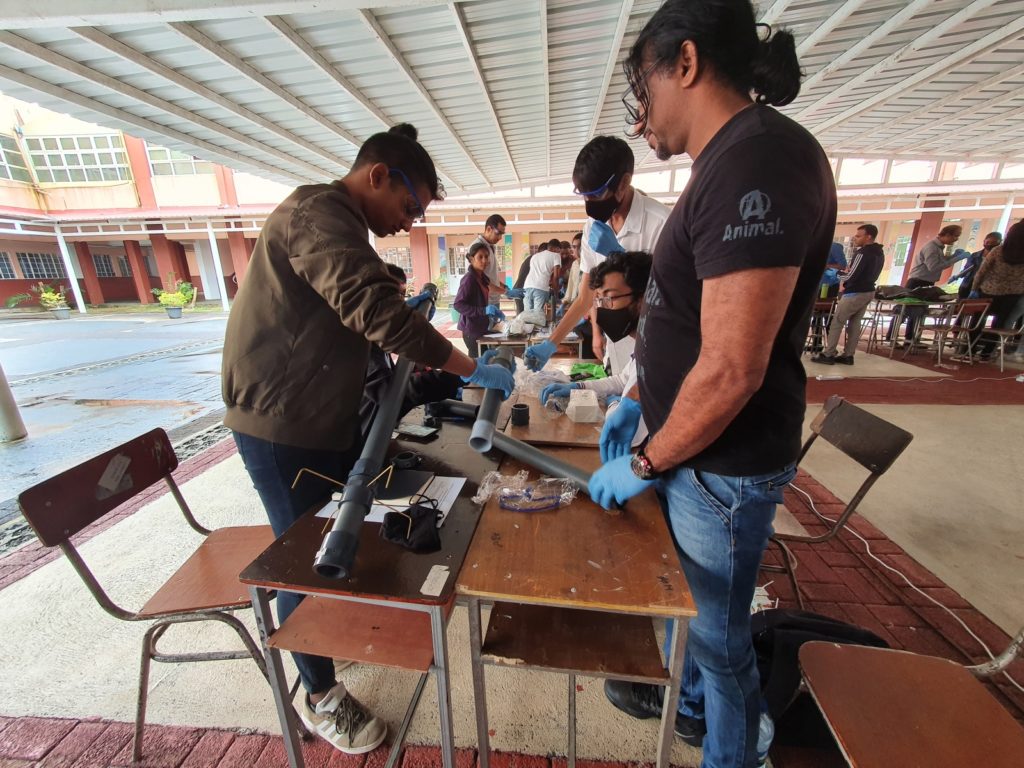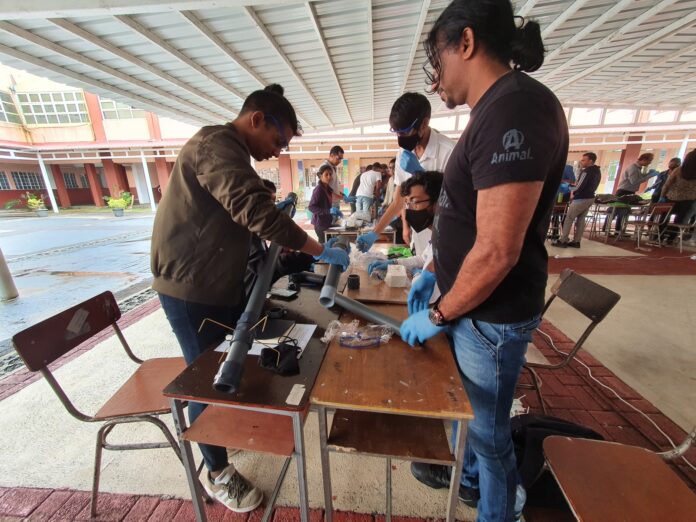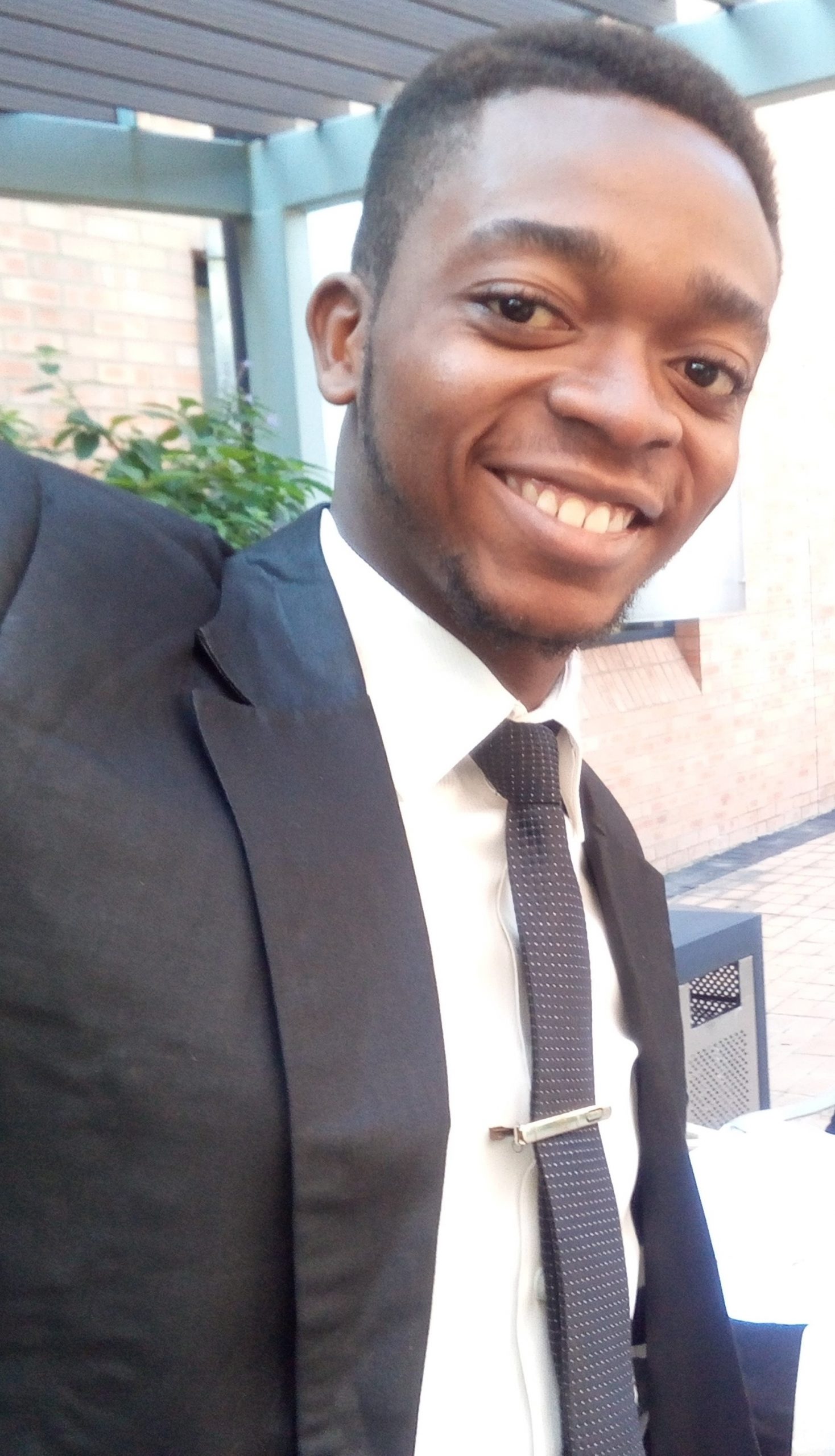The human capacity development programs on the African continent are one of the points of action of the African Space Strategy. According to the strategy, these programs should be such as to attract young students to a “postgraduate program that primarily serves the requirements of the local space sector and the broader requirements for high-class skills in Africa’s changing socio-economic landscape”.
Inspired by the spirit of the strategy above, the Mauritius Research and Innovation Council (MRIC) is organizing a series of training seminars for high school students on building a simplified satellite data antenna. The aim was to initiate young Mauritanians for satellite / space technology and to realize the many opportunities in these areas for the Republic of Mauritius. The specific objectives were to ensure:
- Practical training in building an antenna for receiving satellite data;
- Data reception and communication with low-Earth orbit satellites (LEO); and
- operation of a ground station using specific software.
The built-in antenna and the software-defined radio (SDR) were handed over to the supervising teacher only at the end of the training. The council also provided technical assistance in building a mini ground station at the school after the training.
First, two pilot sessions were held at Prof. Hassen Rafa’s SSS and second at SSS Girls Forest. The training seminars were held during the school holidays and were divided into 6 sessions. The first training was held from November 30 to December 4, 2020, covering 17 schools, with 1 educator and 4 students from each school.
The need to prepare teaching materials adapted for school students, as well as testing the antenna system, informs about the need for the above training sessions. The pilot sessions included the following activities.
- A theoretical aspect that included an introduction to radio waves and communication.
- Build and assemble the antenna from scratch using affordable components and common materials such as aluminum rods and PVC pipes.
- Construction of a completed antenna on the roof of the school
- Installation and explanation of various software tools, satellite tracking and decoding of satellite telemetry and images in amateur radio tapes.
A total of 85 students and 15 teachers from 12 schools and five universities participated in the training program. Some of these schools include;
- Bell Air State High School
- Belle Rose State High School
- Curtin Mauritius
- Darwin College
- Droopnath Ramphul State College
- Girls from Hamilton College
For more information on the training program, please visit this website.



